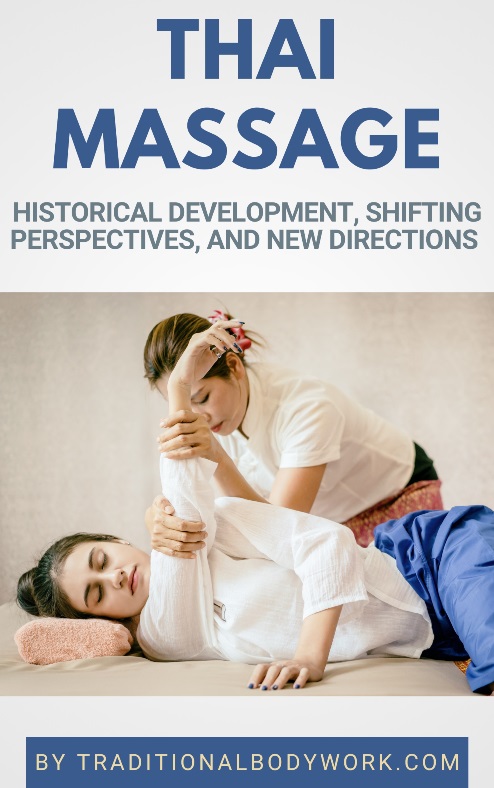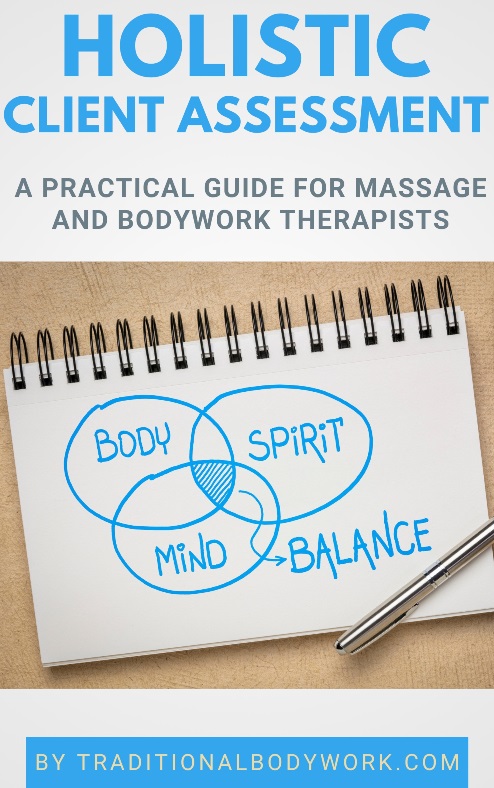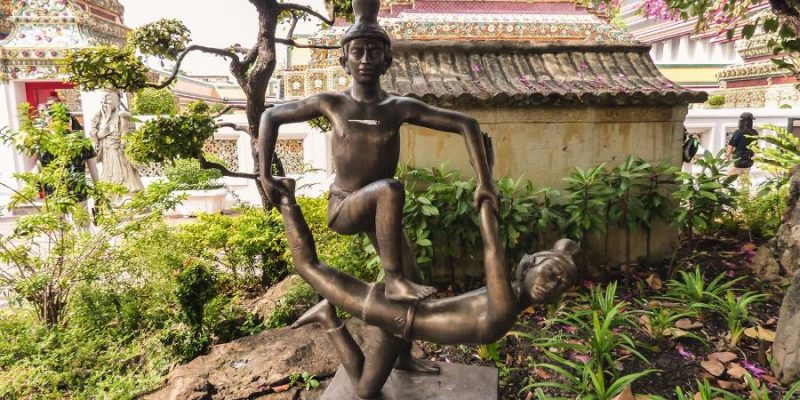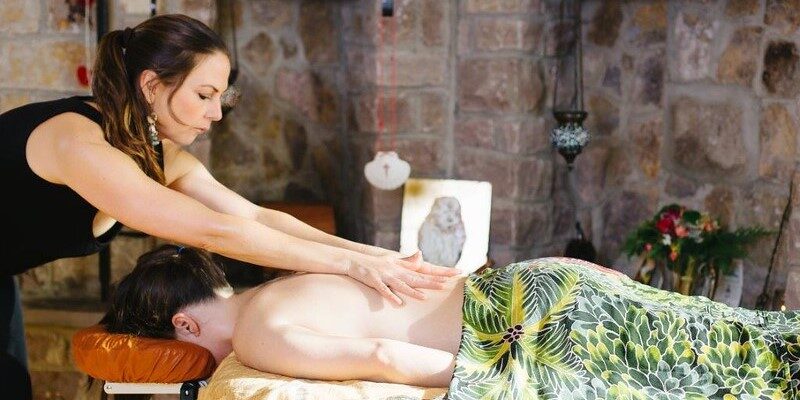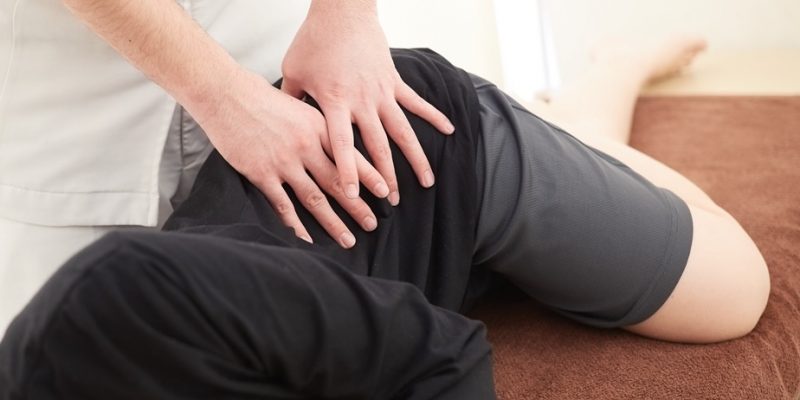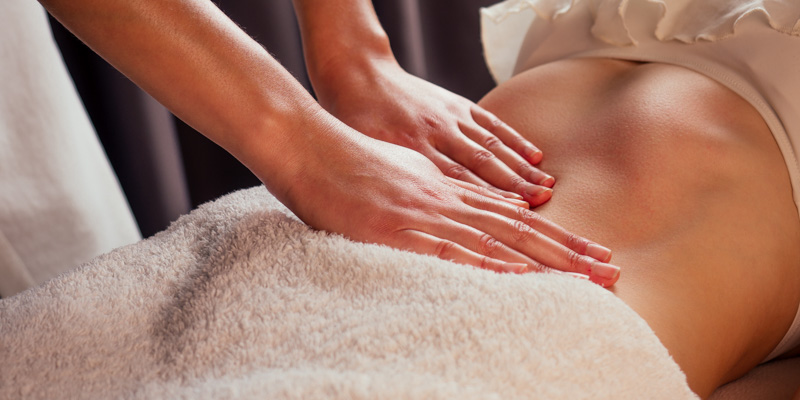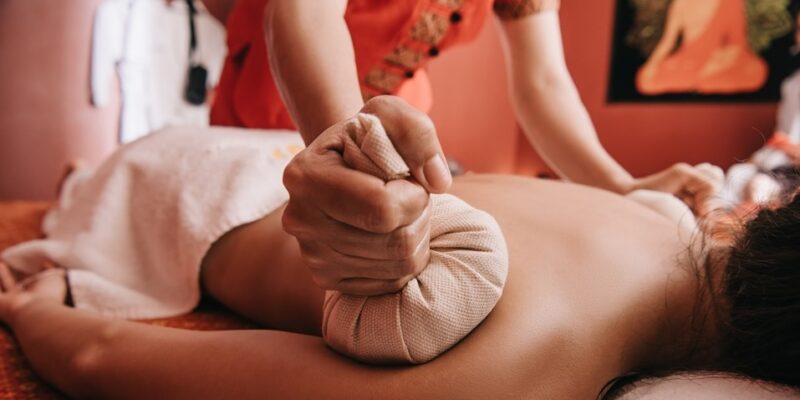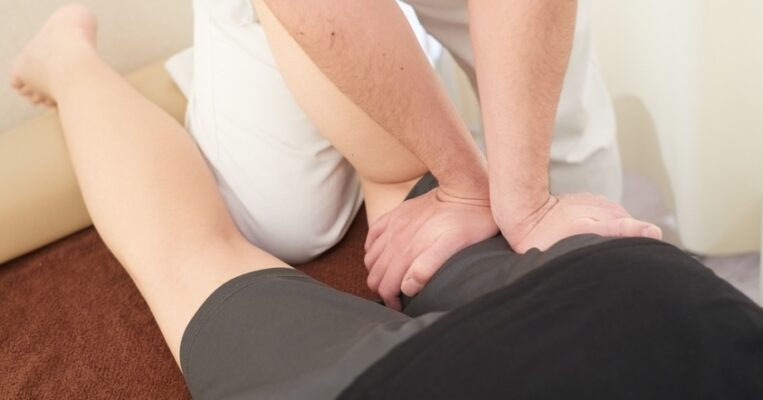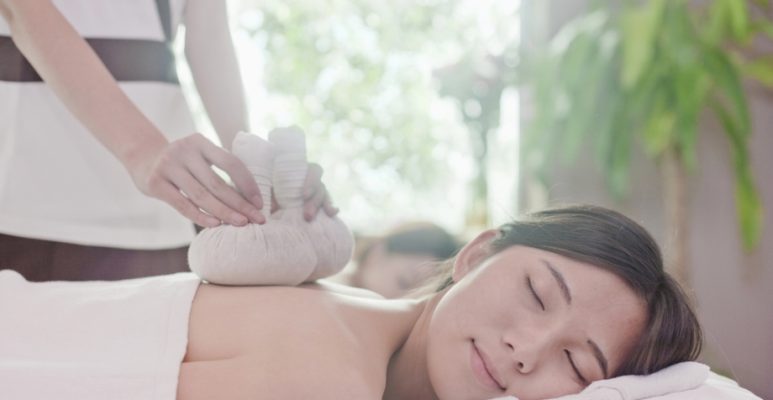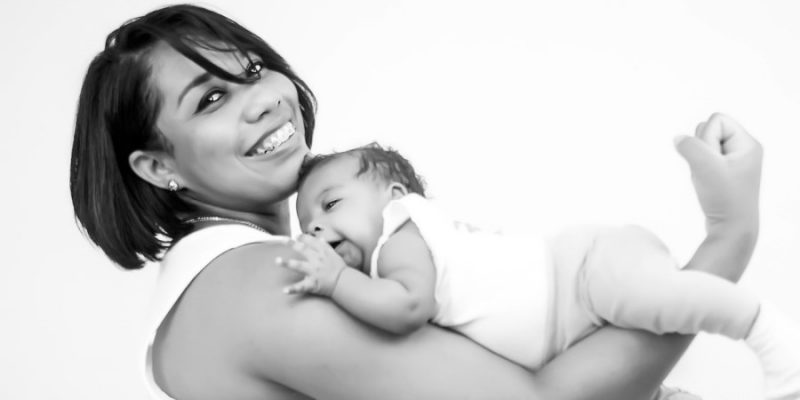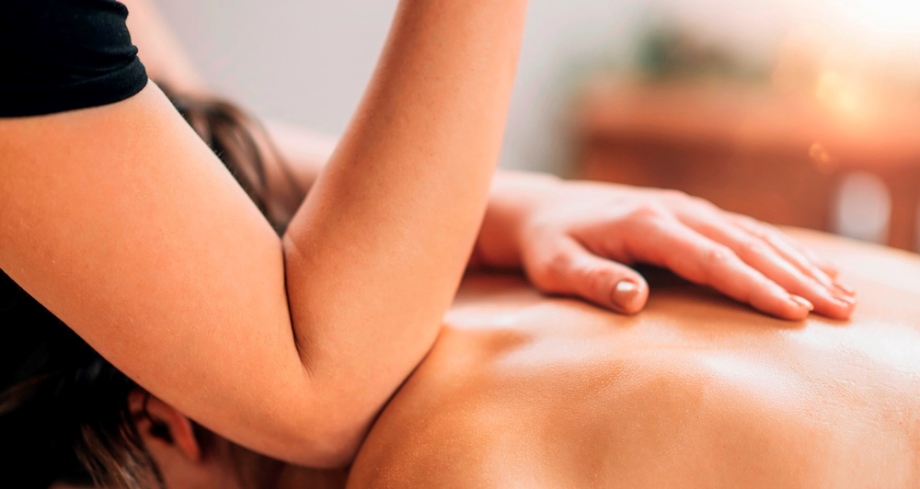
Lomi Lomi (or Lomilomi) is a Polynesian massage therapy treatment, part of Native Hawaiian medicine. In the Hawaiian language Lomi means something like “to knead, to rub, soothe, shift, turn, squeeze with the fingers, or work in and out,” among other translations.

Lomi Lomi is often called a “Loving Hands” massage, but actually defies an easy definition. It’s considered an instinctive, free-form massage technique. Therefore, the techniques vary greatly depending on the family or tribe, the Ahupuaʻa (traditional region), or depending on the Hawaiian island.
Lomi Lomi practitioners can use the palms, forearms, fingers, knuckles, elbows, knees, feet, even sticks and stones to perform the massage. Traditional Lomi Lomi Massage always includes Abdominal Massage because Native Hawaiian medicine considers the colon part of a person’s soul or heart.
Lomi Lomi Massage is holistic bodywork that can be used to treat many different kinds of conditions. It emphasizes a mind-body connection, affecting the recipient on emotional, mental, and spiritual levels.
Hence, Lomi Lomi practitioners may ask their clients to pray, meditate, change their diets, and engage in other self-help activities usually believed to lie outside the scope of massage in an effort to help the clients to obtain optimal health.
Where does Lomi Lomi come from?
The early Polynesian settlers brought their own form of massage to the Hawaiian Islands and it evolved to become something uniquely Hawaiian. It was widely popularized and practiced by everyone. It was a family practice passed down across generations, causing the great variety of styles existing today.
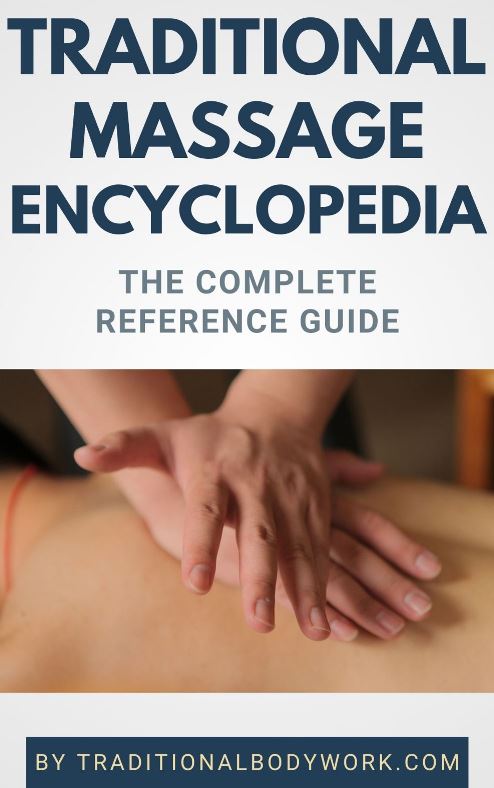
In ancient Hawaii, Lomi Lomi was practiced in four main contexts: as a healing practice of native healers; as a luxury and an aid to digestion; as restorative massage within the family; and by masters of the Hawaiian martial arts.
After American missionaries arrived in 1820 and converted many in the Kingdom of Hawaii to Christianity, various laws prohibited any related Native Hawaiian healing practices. This caused Lomi Lomi to go underground, although remaining popular not only among the Hawaiians, but among foreign residents and visitors as well. It was only in 1947 that the Hawaiian Board of Massage was established to regulate Lomi Lomi massage therapies.
Many traditional Lomi Lomi practitioners find it difficult to offer authentic Lomi Lomi in a spa setting, and prefer to treat clients privately in home settings. Unlike the traditional way of teaching, which requires the students to study with a Lomi Lomi Kupuna (elder) for years, many Lomi Lomi courses in schools around the world are offered spanning only a few days or even hours, sometimes mixing techniques from other massage modalities.
However, this style of modern Lomi Lomi Massage which is now common and popular throughout the world, especially in Hawaii, Japan, Europe and Australia, is very different from traditional Lomi Lomi Massage.
How is Lomi Lomi applied?
Although Lomi Lomi was traditionally given on the floor, today it’s mostly given on a massage table (on the unclothed body), generally with the use of oils.
The traditional practice leaves most of the body uncovered, using just small towels to cover the genital area and breasts. However, some therapists use massage sheets, just uncovering larger areas of your body at once.

